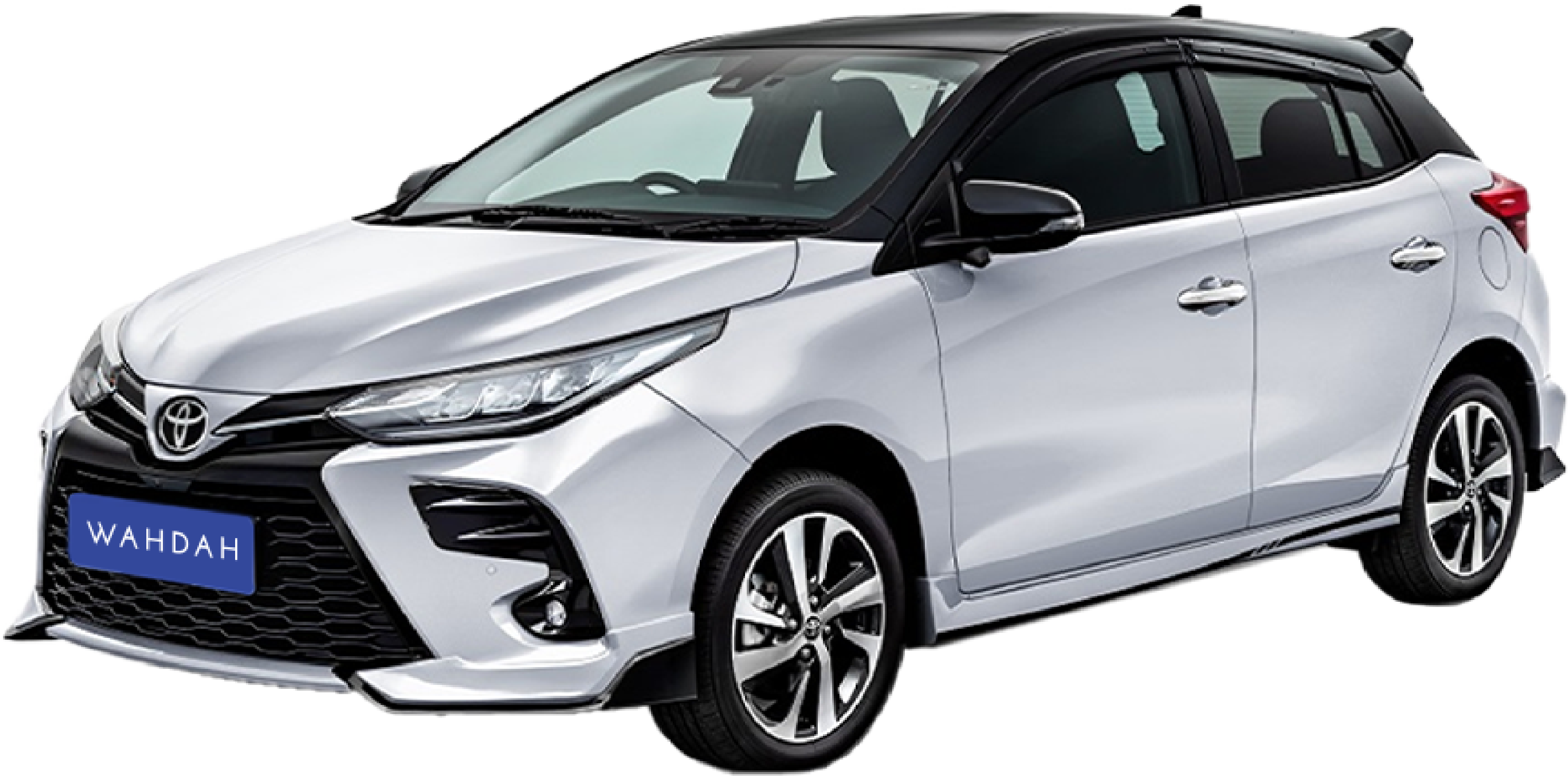Malaysia eVisa and Visa On Travel: What's the Difference?
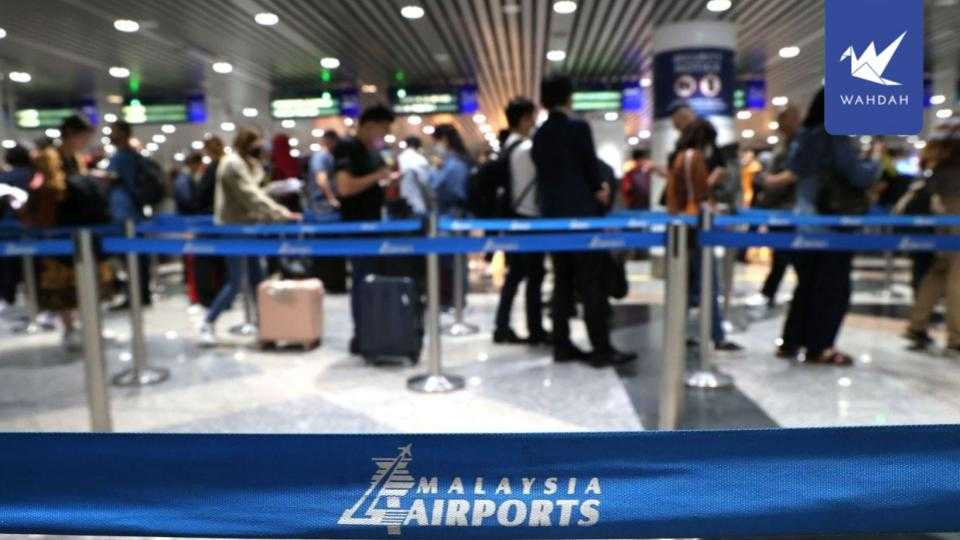
If you’re planning a trip to Malaysia, it’s important to understand the visa application Malaysia requirements. There are two common entry options for foreign travellers, which are the Malaysia eVisa and the Visa on Arrival. These two visas allow entry into Malaysia for tourism, business or short-term visits.
However, they both differ in terms of application process, eligibility, duration and convenience. In this guide, we’ll go through the key differences between the Malaysia eVisa and Visa on Arrival so you can choose the best option that will fit your travel plans to Malaysia.
What is a Malaysia eVisa?
The Malaysia eVisa is an official electronic travel document that allows foreign nationals to enter Malaysia for short stays, like tourism, business or visiting relatives. It can be applied on an online application platform before arriving in Malaysia, making the process fast and convenient for travellers, which takes 48 hours for processing. Once it is approved, the eVisa is issued digitally and can be printed and presented at the immigration counter upon arrival.

Image Source: eVisa Malaysia
What is a Malaysia Visa On Travel
The Malaysia Visa on Travel, also known as Visa on Arrival, allows certain nationalities to obtain a visa when they arrive at designated entry points in Malaysia. It’s mainly available for citizens like China and India nationals who have specific travel conditions, such as arriving from neighbouring countries like Thailand, Indonesia or Singapore with a valid visa from those countries. This visa is applied for on the spot upon arrival at certain entry points.
Eligibility Criteria for eVisa in Malaysia
The eligibility for the Malaysia eVisa depends on the nationality and the purpose of the visit. Below are the eligibility criteria to apply for a Malaysia eVisa:
- Must have a valid passport (with at least 6 months' validity).
- Proof of return flight tickets.
- Be a national of a country participating in the program.
- Proof of sufficient funds for the stay.
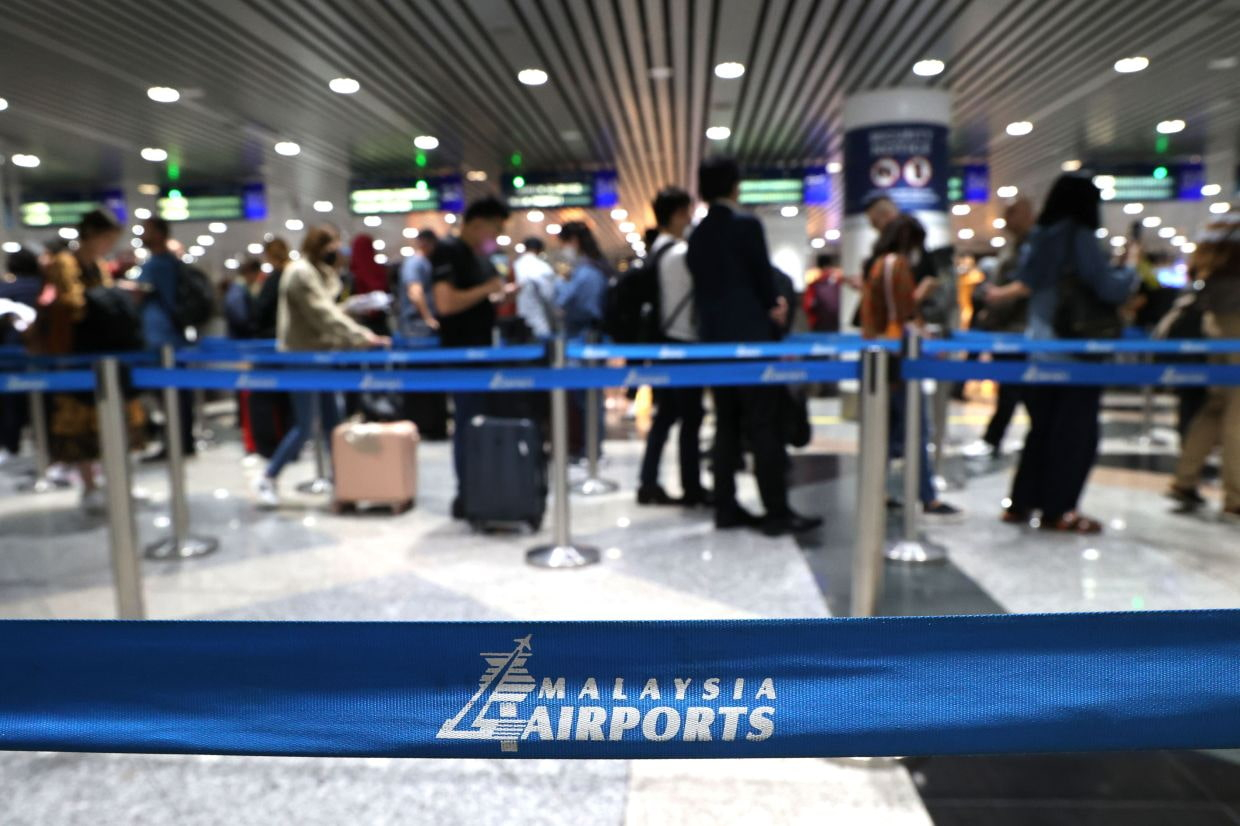
Image Source: The Star
Eligibility Criteria for Visa On Arrival
The Visa on Arrival is available for Chinese and Indian citizens, provided they meet the following criteria:
- Arriving directly from neighboring countries like Thailand, Indonesia or Singapore.
- Holding a valid visa from those countries.
- Proof of a confirmed return flight ticket.
- Having sufficient funds for the trip.
Application Process for eVisa Malaysia
The application process for eVisa is a simple online process:
- Visit the official Malaysia eVisa portal website.
- Register or log in to your account.
- Complete the application form with personal and travel details.
- Upload the required documents like passport, photo, flight details and accommodation bookings.
- Pay the visa processing fee online.
- Receive the approved eVisa via email within 48-72 hours.
The Malaysia visa check online is available to check your visa status. Once received, you can print your eVisa and present it to the immigration officers upon arrival in Malaysia.
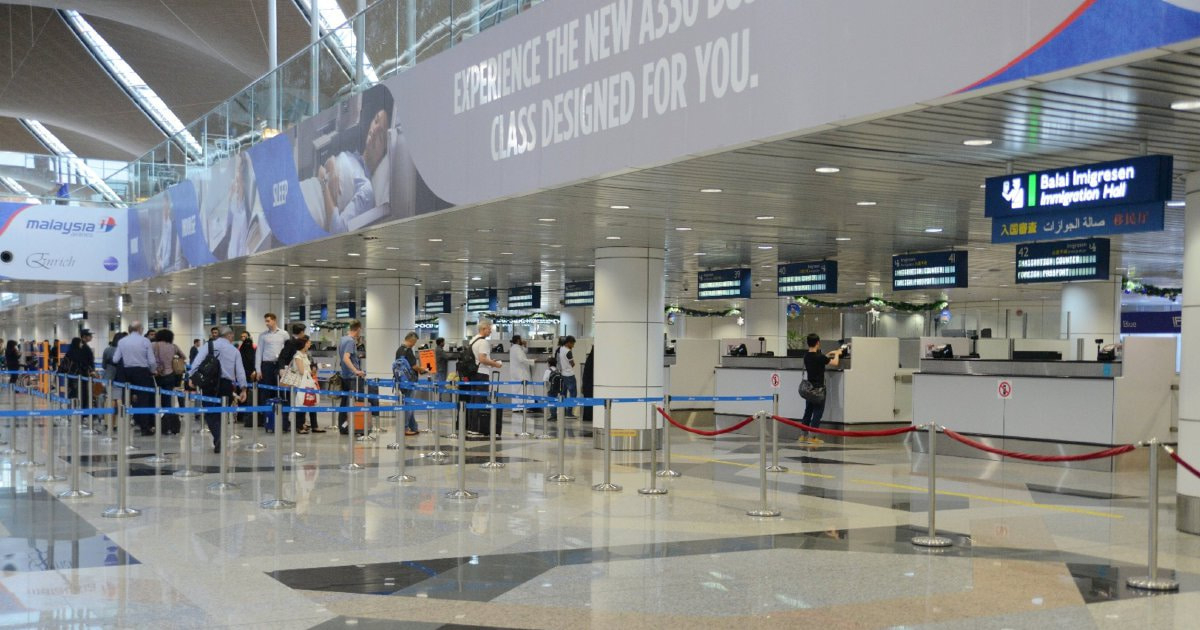
Image Source: New Straits Times
Entry Process for Malaysia Visa On Arrival
Travellers can obtain their Visa on Arrival directly at certain entry points like Kuala Lumpur International Airport (KLIA) and other designated border checkpoints. Upon arrival, travellers will need to:
- Proceed to the immigration counter.
- Submit the necessary documents such as a valid passport, proof of return flight ticket, and proof of sufficient funds.
- Pay the visa fee and once approved, the visa will be issued.
Duration and Validity Differences of eVisa and Visa On Arrival in Malaysia
- eVisa: The eVisa is valid for 6 months from the issuance date.
- Visa on Arrival: The Malaysia Visa on Arrival validity is for 7 days.
Pros and Cons of eVisa and Visa on Arrival
The pros and cons of each visa type are as below:
eVisa Pros:
- Easy and fast online application.
- Longer validity.
- Lower fee.
- Entry assurance before travel.
eVisa Cons:
- Requires pre-planning.
- Requires internet access.
Visa on Arrival Pros:
- Convenient for last minute travel.
- No prior application.
Visa on Arrival Cons:
- Shorter stay (7 days).
- Higher fee.
- Limited entry points.
Which Visa Option to Choose for Your Trip to Malaysia
So which visa option is best for your trip to Malaysia? If you’re planning ahead and want some peace of mind before your trip, the eVisa is the better choice as it offers a smoother arrival experience as well as a longer stay duration.
However, if it’s a spontaneous trip or a last minute decision travelling from a neighbouring country and you meet the eligibility criteria, the Visa on Arrival can be a convenient option for your trip to Malaysia.
Also read more about The Simple Travel Kit: Essentials for a Smooth Trip.
Conclusion
Understanding the requirements and the eligibility criteria for both Malaysia eVisa and Visa on Arrival is essential to make the right choice for a smooth entry into Malaysia. Both these visa options offer flexibility for foreign travellers depending on their plans and travel routes.
Once you have sorted out your visa, to travel and explore Malaysia hassle-free, consider renting a car in Malaysia with WAHDAH. This allows you to travel around Malaysia at your own pace without relying on public transport. At WAHDAH, we have a wide selection of vehicles to choose from with flexible pickup and drop-off points. Book your rented car today and plan your adventure in Malaysia!

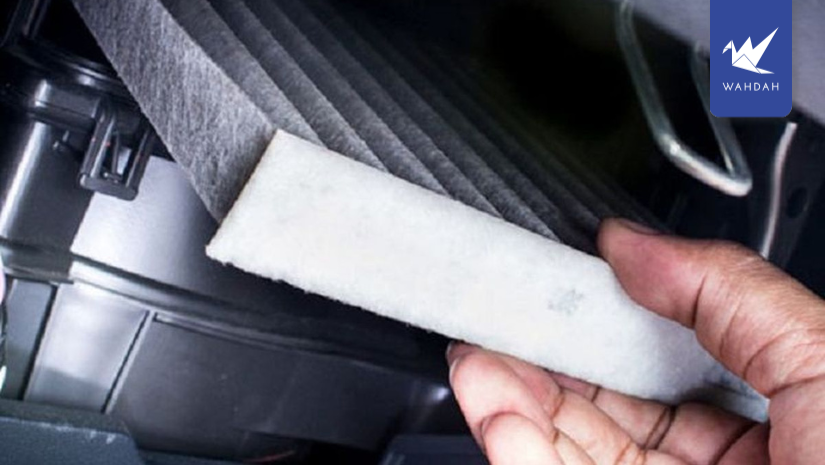
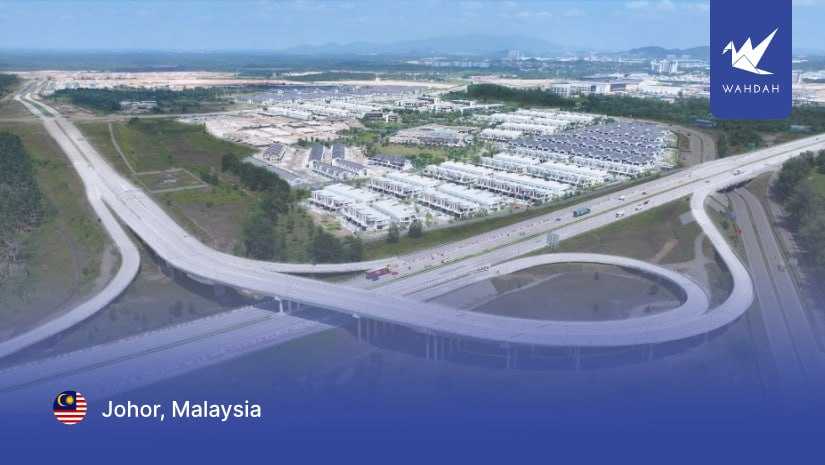






 English
English
 Malaysia
Malaysia
 Bahasa Indonesia
Bahasa Indonesia Singapore
Singapore